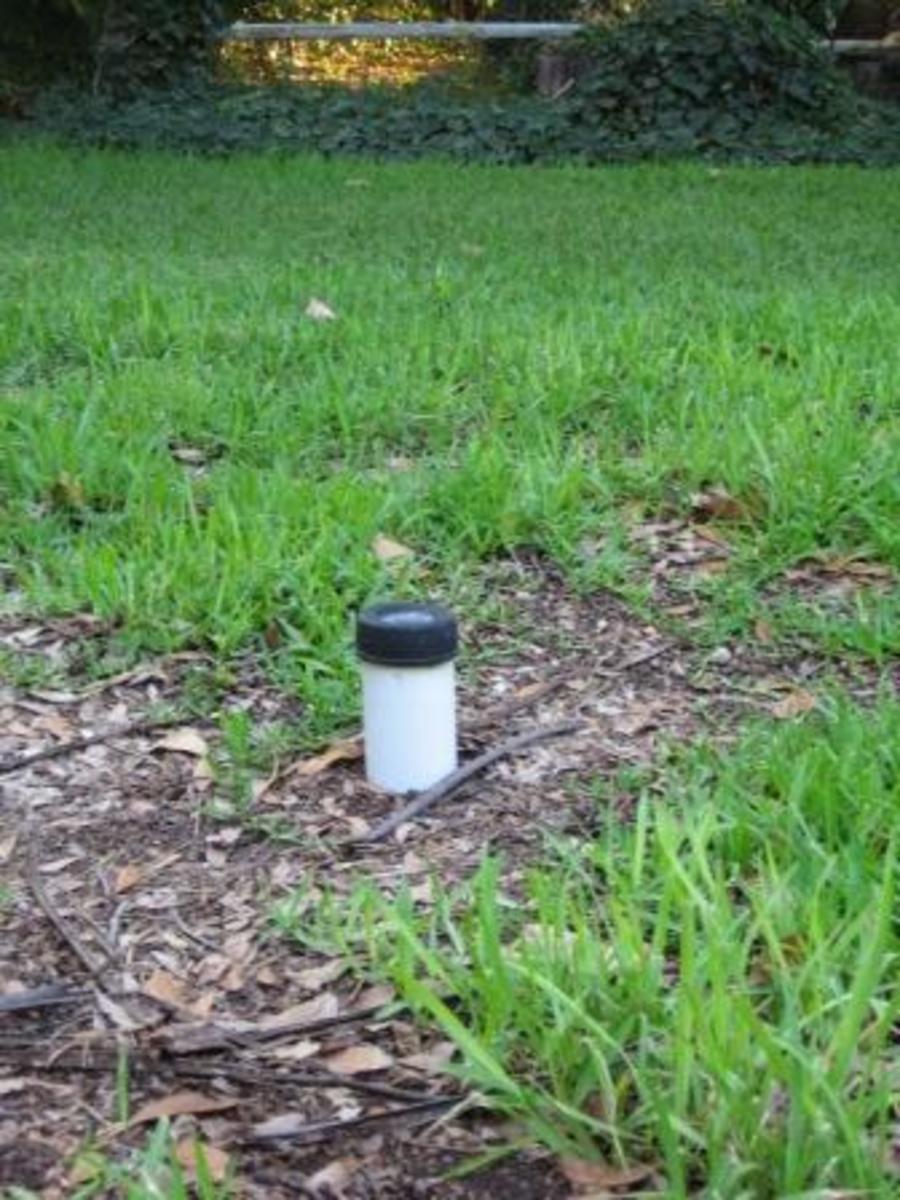Have you noticed any persistent foul odors, soggy patches in your yard, or slow drainage in your sinks and toilets? These could be signs that your septic drain field is in need of attention. Maintaining a healthy drain field is crucial for preserving the environment and safeguarding your family’s water supply. In this comprehensive guide, we’ll delve into the causes of drain field failure, the impact on your property, and most importantly, how to fix a septic drain field effectively.

Image: qualitysepticincorporated.com
Before diving into the repair process, let’s establish a clear understanding of what a drain field is and its significance. A septic drain field, also known as a leach field or absorption field, is an underground wastewater treatment system commonly used in rural or suburban areas without access to a public sewer system. This intricate network of pipes and gravel purifies and disperses wastewater from your home into the surrounding soil. A properly functioning drain field ensures that treated wastewater is returned to the environment in a safe and environmentally friendly manner.
Unveiling the Culprits: Causes of Drain Field Failure
To effectively fix a septic drain field, we must first identify the underlying cause of its failure. Various factors can contribute to this issue:
- Overloading: An excessive flow of wastewater due to a surge in household water usage or the improper disposal of non-biodegradable solids (such as cooking oil, sanitary products, or diapers) can overwhelm the drain field’s capacity.
- Compacted Soil: Soil that has been compressed over time by heavy vehicles or construction activities impedes water absorption, hindering the drain field’s ability to disperse wastewater.
- Tree Root Intrusion: Aggressive tree roots can penetrate and clog the drain field’s pipes, obstructing the natural flow of wastewater.
- Mechanical Damage: Physical damage to the drain field’s components, such as pipe breakage or crushed gravel, can disrupt its proper function.
Consequences of a Failing Drain Field: A Threat to Your Home and Environment
Ignoring a malfunctioning septic drain field can lead to severe consequences:
- Sanitary Hazards: Untreated wastewater can surface and contaminate nearby water bodies, posing significant health risks.
- Structural Damage: The buildup of wastewater can saturate the soil, weakening the foundation of your home and potentially causing structural damage.
- Environmental Degradation: Untreated wastewater seeping into the groundwater can pollute local water sources and disrupt aquatic ecosystems.
Empowering Homeowners: Step-by-Step Guide to Fixing a Septic Drain Field
Repairing a septic drain field requires professional expertise and adherence to local building codes. However, there are some initial steps you can take:
- Confirm the Problem: Verify the cause of the drain field’s failure through a septic system inspection. This involves examining the drain field’s components and conducting a soil analysis.
- Plan the Repairs: Based on the inspection’s findings, devise a repair plan that meets your specific needs and budget.
- Choose a Qualified Contractor: Contact licensed and certified septic contractors to obtain quotes and references.
- Execute the Repairs: The repair process may involve replacing damaged pipes, restoring compacted soil, removing tree roots, or installing an alternative drain field system.
- Verify Functionality: Once the repairs are completed, conduct a follow-up inspection to ensure the drain field is functioning effectively.
Expert Insights: Unlocking the Secrets of Drain Field Maintenance
To extend the lifespan of your septic drain field, consider these expert recommendations:
- Regular Septic Tank Pumping: Schedule regular pumping every three to five years to remove accumulated sludge and solids, reducing the risk of overloading.
- Water Conservation: Implement water-saving practices such as low-flow fixtures and efficient washing habits to minimize wastewater flow.
- Proper Waste Disposal:Refrain from flushing non-biodegradable items down the toilet or disposal into the septic system.
- Tree Management: Plant trees at an appropriate distance from your drain field to prevent invasive root damage.
- Professional Inspections: Schedule regular septic system inspections to detect and address any potential issues before they escalate into major problems.
Conclusion: Restoring Septic Health, Protecting Your Home and the Environment
Remember, a well-maintained septic drain field is essential for protecting your family’s health, your property, and the surrounding environment. By understanding the causes of drain field failure, its impact, and the proper repair procedures, you can ensure that your septic system continues to function efficiently and sustainably. Seek professional assistance when needed, embrace proactive maintenance practices, and take pride in your role as a steward of your water resources.

Image: mccnsulting.web.fc2.com
How To Fix A Septic Drain Field